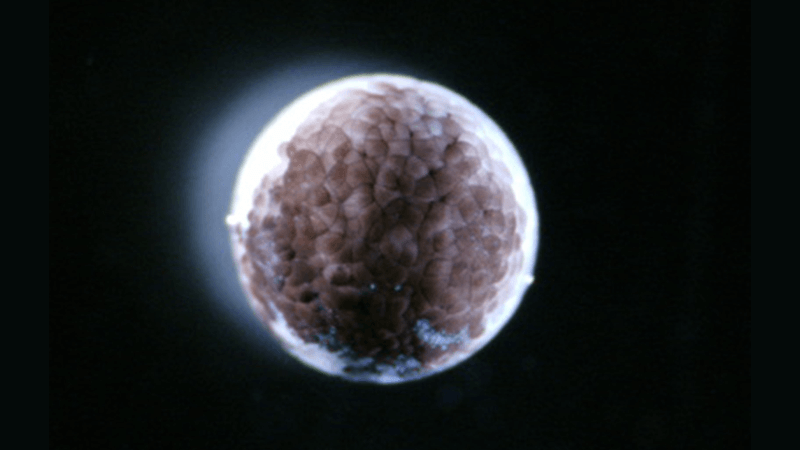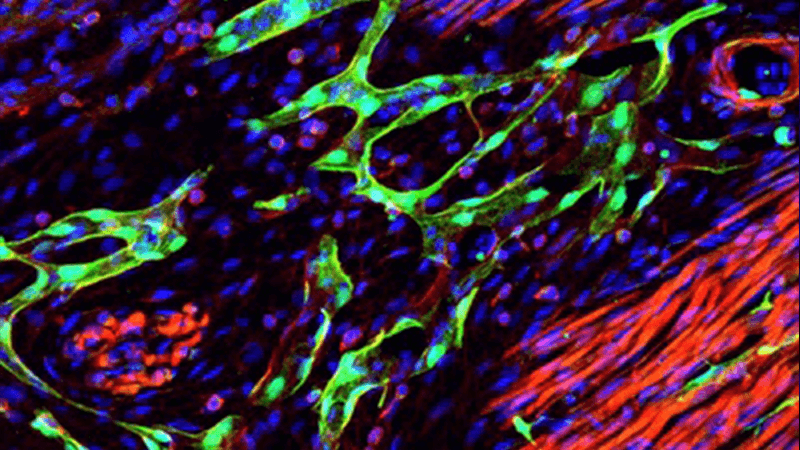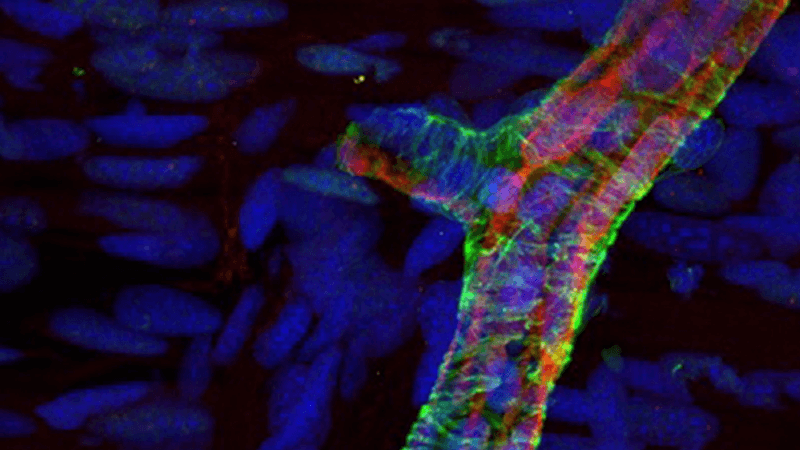Research
Crucial molecular mechanistic details about how axolotls regenerate limbs has yet to be revealed. Our laboratory has developed powerful tools to investigate these mechanisms, as understanding limb regeneration in these animals can inform the way we approach regenerative medicine in humans.
Our key focus area is the molecular mechanisms at work in the axolotl blastema: a collection of dedifferentiated cells and stem cells derived from stump tissues that orchestrate limb regeneration. Mammals do not respond to most amputations by creating blastemas, and this difference may underlie their inability to regenerate.
Our goal is to reveal the basic biology at work in blastemas so that we can produce a framework for determining the role of these factors in mammals. We use retroviral infections, transgenesis, and knock-down approaches to analyze the function of genes we have identified in sequencing efforts.
Areas of Investigation

Systemic effects of amputation and their influence on localized regeneration

The molecular biology of how blastema cells are specified
